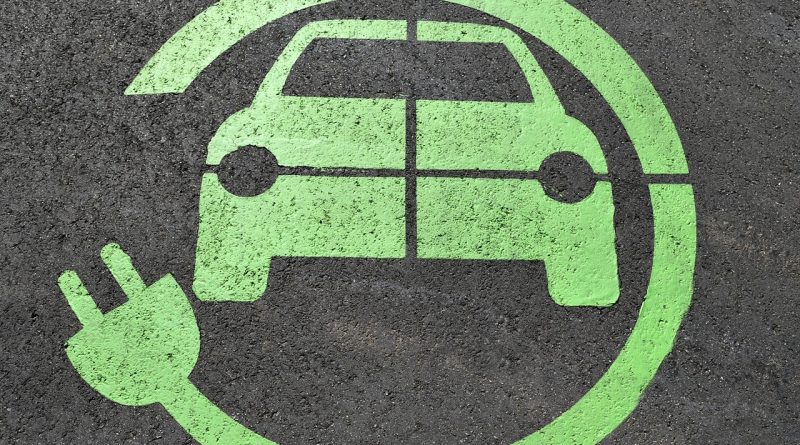Electric Cars – Charged Up for the Future
Call it an electric vehicle (EV) or call it a battery electric vehicle (BEV), but a rose by any other name would still smell sweet if it utilized green technology. Electric cars flourished in the late 1800s and early 1900s, but limitations like low top speeds helped seal their fate. Advances in manufacturing processes of internal combustion engines, the starter motor, increased mileage ranges, and cheaper gasoline production methods all helped to nudge electric cars off the road. With emissions from 600 million vehicles contributing to global warming, hybrid electric cars are the probably the next best alternative we have.
Where are all those electric cars?
A completely electric car doesn’t yet exist for mainstream commercial use. There is a neighborhood class of electric cars, or personal electric vehicles (PEVs). While the battery can recharge overnight while you sleep, a 30 to 40 mile range isn’t likely to sit well even with the little ole’ lady from Pasadena.
What about hybrid electric cars?
The practical solution for now is electric hybrids that utilize two fuel sources. Gasoline-electric cars are a cross between a gasoline-powered car and an electric car, and a mild electric hybrid has enhanced performance as a first priority and fuel economy second.
The Chevrolet Volt, scheduled for production in 2010, is an extended-range electric hybrid car that will use gas or E85 ethanol. Its battery can be recharged while driving, and its estimated driving range is 640 miles. A full electric hybrid pursues optimal fuel economy, and cars like the Toyota Prius Hybrid and the Honda Civic Hybrid fall within this latter category. Since all electric hybrids use some gasoline, it is a compromise, but reduced emissions and minimized shortcomings of the electric car are a start.
More Info: Electric Cars


